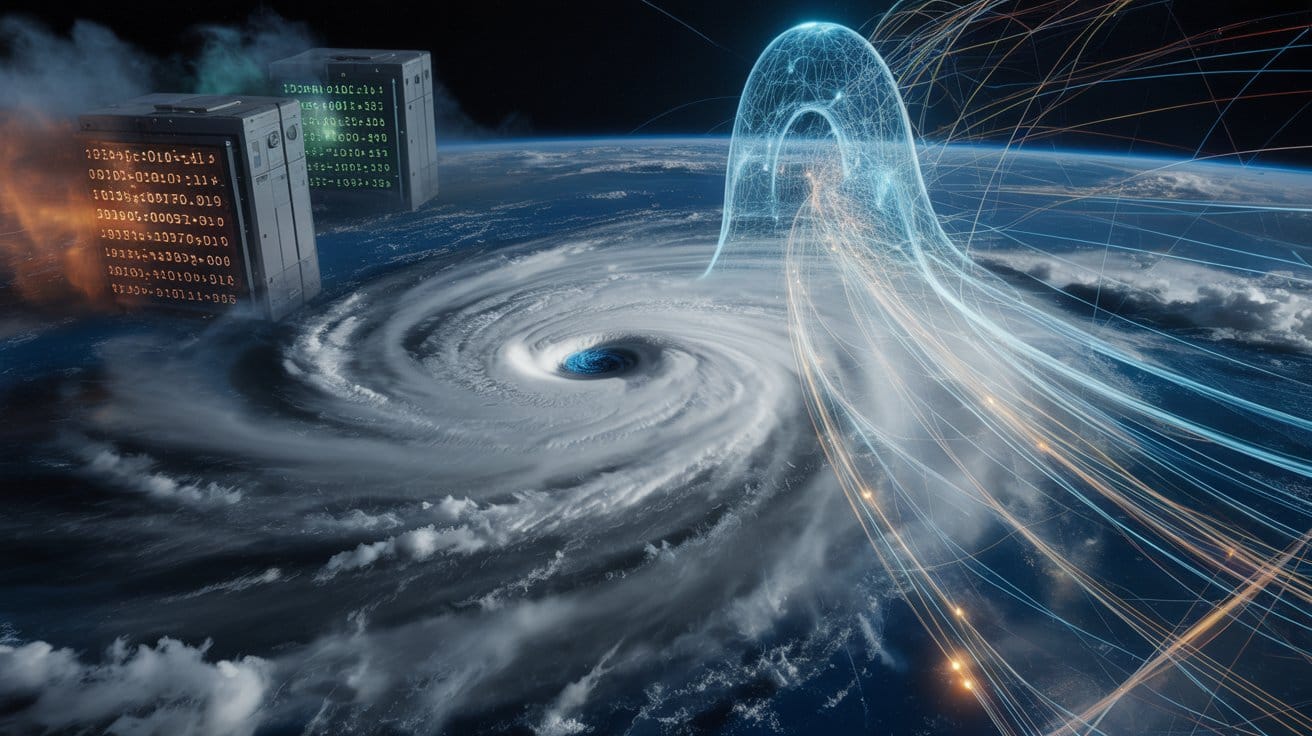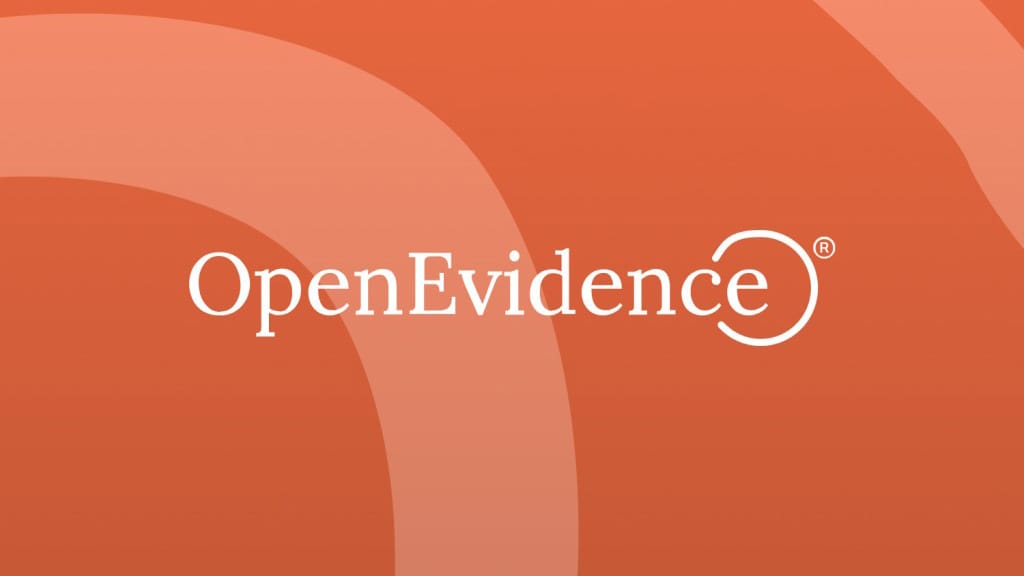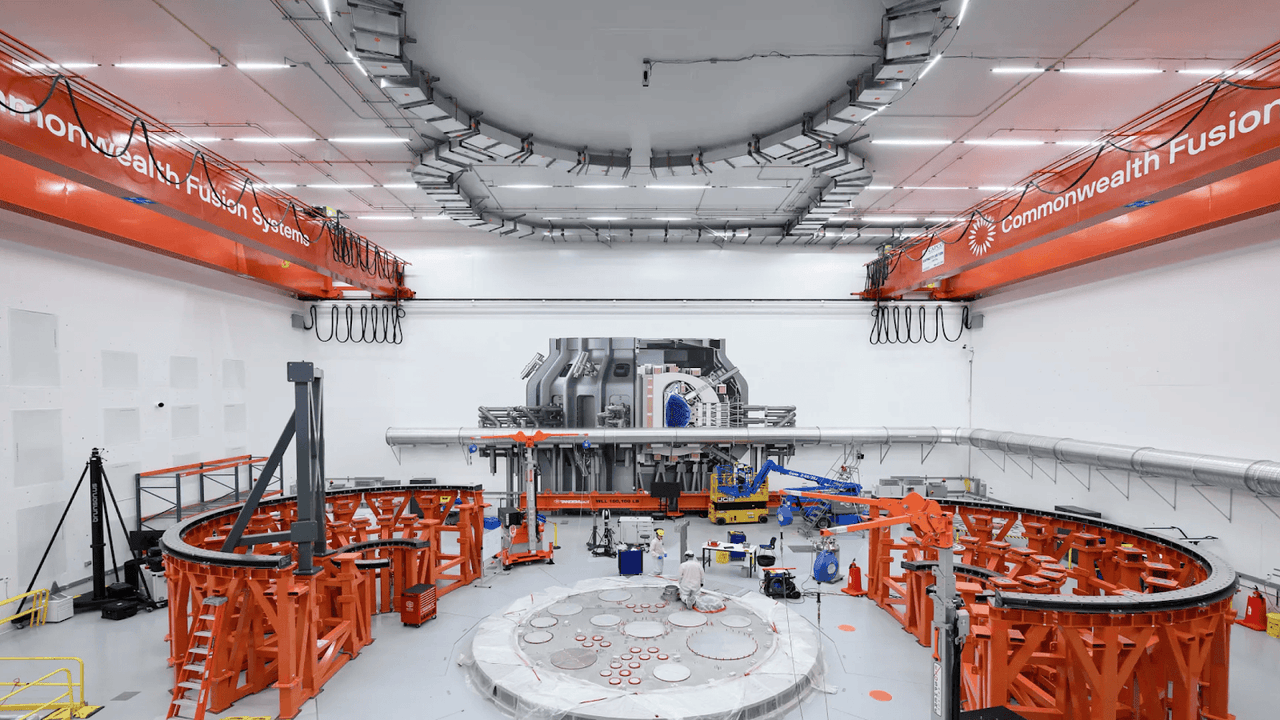Google Just Rewrote the Weather Forecast

On a late summer night in the Atlantic, Hurricane Erin swelled into a Category 5 monster in mid-August 2025. Satellite images captured a near-perfect spiral of clouds—an atmospheric cathedral rising over the warm seas. For decades, moments like this had been the trial by fire for meteorologists armed with supercomputers: feeding equations of fluid dynamics, grinding through hours of computation, and hoping the forecast arrived in time.
But Erin was different.
For the first time, a new kind of system was watching. Just two months earlier, in June 2025, Google had unveiled Weather Lab—an AI-driven forecasting engine trained on decades of reanalysis data. It wasn’t working in hours, but in seconds. It generated up to 50 possible storm tracks, projected intensity scenarios stretching 15 days ahead, and, most critically, focused on the 72-hour window before landfall—the moment when lives and billions of dollars hang in the balance. And in that window, the AI outperformed physics.





